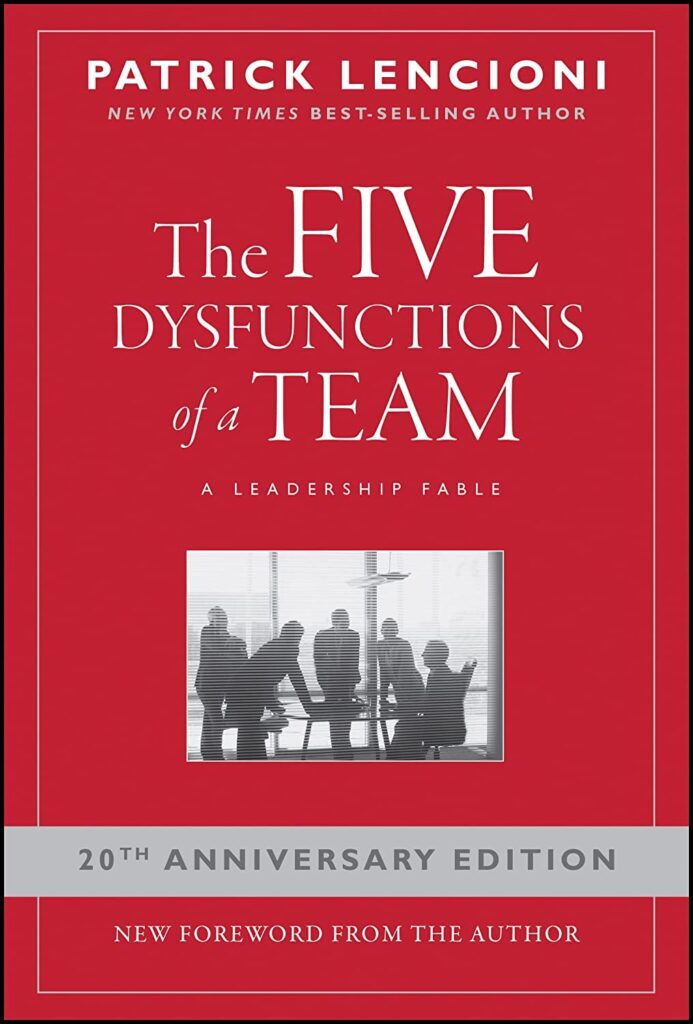
Staff Pick: The Five Dysfunctions of a Team
The Five Dysfunctions of a Team is one of the most insightful and practical books I have ever read about management, leadership, and team dynamics. “Not finance. Not technology. It is teamwork that remains the ultimate competitive advantage, both because it is so powerful and so rare.” This profound statement introduces us to this leadership fable based on real-life organizational challenges.

As the story goes, a new leader joins a tech company from a non-traditional background. Despite the grumblings, judgmental observations, and highly intelligent yet dysfunctional staff, the chairman was convinced Kathryn Petersen was the perfect person for the job.
Within a few short months, Kathryn identifies the dysfunctions among the team members. Then she begins to address individual behaviors, outlines the unhealthy dynamics, identifies ways to overcome them in a team setting, and works with willing individuals to implement change that would transform the company’s culture. As you can imagine, not everyone is on board. Through the actions of the story’s characters, the author provides the five dysfunctions and their underlying causes.
- The absence of trust (invulnerability)
- Fear of conflict (artificial harmony)
- Lack of commitment (ambiguity)
- Avoidance of accountability (low standards)
- Inattention to results (status and ego)
However, Lencioni does not leave the readers without hope. An assessment is included as a tool for individuals and groups to develop functional and cohesive teams. “If you could get all of the people in an organization rowing in the same direction, you could dominate any industry, in any market, against any competition, at any time.” He points out the five traits of a well-functioning team:
- Trust one another (confidence in good intentions)
- Engage in unfiltered conflict around ideas (discuss critical topics)
- Commit to decisions and plans of action (create clarity around direction/priorities)
- Hold one another accountable for delivering those plans (ensures poor performers feel pressure to improve)
- Focus on the achievement of collective results (minimizes individualistic behavior)
This short and powerful book is a must-read for every employee in every organization.
